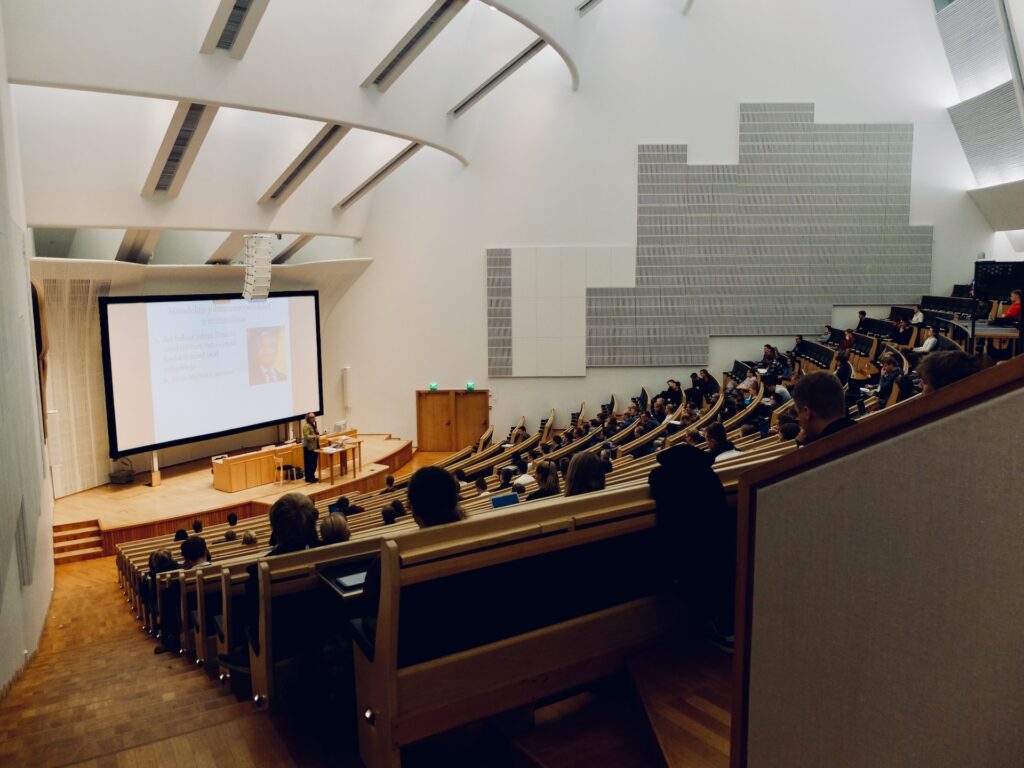Check out the live text-chat for this problem that happened on Thursday, January 11, 2017 from 3:30 – 5:00 p.m. ET with the problem author in the “Comments” section below!

Technology is changing not only what happens in college classrooms but also the classrooms themselves. In 2002, only 32.5% of colleges offered fully online degree programs; that number jumped to 62% ten years later [1]. That same study showed nearly a third of all college students took at least one online course during the 2011-2012 academic year. Where is the college classroom trending? Moreover, what type of learning is best for students? Varying studies claim drastically different results at both 2- and 4-year institutions [2][3].
As a part of its effort to understand the future of higher education, the U.S. Department of Education (DOE) is asking you to investigate three types of classroom (a) traditional (100% in-person), (b) online (100% online), and (c) hybrid (a mix of both traditional and online).
The DOE has asked your team to create a report addressing the following three issues.
Getting Online The DOE wants to know both the current and the forecasted percentages of undergraduate college courses that are traditional, online, and hybrid. Provide a table that gives the current academic year’s percentages for each, as well as the anticipated percentages for 3 and 5 years from now.
Being Online The DOE assumes that students must spend time with the learning material in order to further their knowledge. Create a model that outputs number of hours spent weekly per course by a typical student for each of the aforementioned categories. You may refine your model by considering different types of students: residential, commuter, athletes, major, type of college, urban/rural, etc.
Learning Online In which type of classroom will students best learn? Develop a system that ranks how well students learn in each type of classroom, dependent upon the subject matter being taught. Define and justify a ranking system for a standard course in each of (a) mathematics, (b) psychology, (c) biology, and (d) accounting.
Submit your findings in the form of a report to the DOE.
The following references may help you get started:
- National Center for Education Statistics
- U.S. Department of Education Statistics
- University of Massachusetts
- EdTech Magazine (including numerous additional links to statistics)
- University of the Potomac (including numerous additional links to statistics)
[2] http://news.mit.edu/2014/study-shows-online-courses-effective-0924
[3] http://hechingerreport.org/five-studies-find-online-courses-are-not-working-at-community-colleges/
Problem Author: Dr. Neil Nicholson, North Central College
Reference and other links included on this page were current and valid at time of original posting; if they are no longer valid or live please look for similar or updated links in context with the referenced topic.





